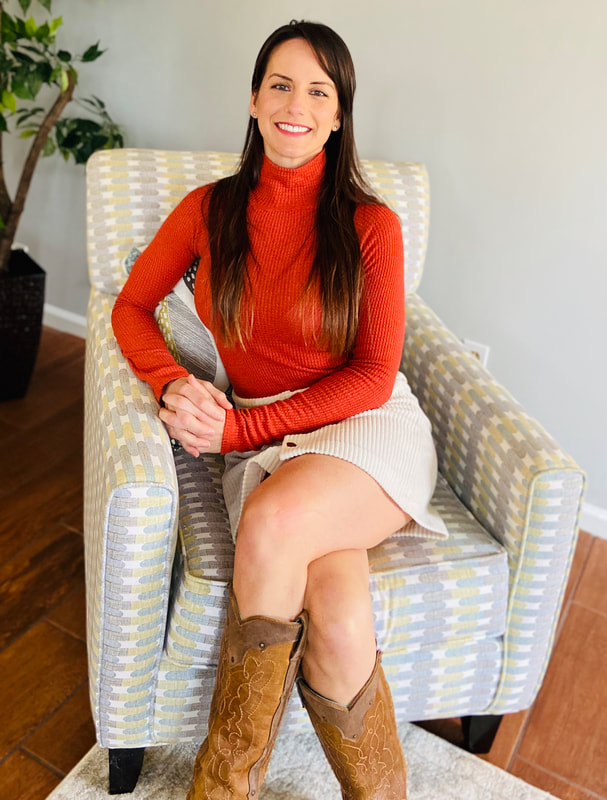|
This year is the first time I’ve ever done student-led conferences and I can tell you from my one experience that they are soooo worth it. A student-led conference is basically a parent-teacher conference, but attended and presented by the student. It’s an amazing opportunity for students to reflect on their first couple of months of school, decide on what’s working, where they need to grow and identify a single goal that they want to work on that semester. It’s great because it sets the tone for the rest of the school year and that is, their work matters and is valuable to them. How do you Prepare Students?
At my school, I teach 2 groups of students, 58 in total (don’t be jealous!). I do this with a teaching partner. I teach Humanities and he teaches Math and Science. Together we teach the project portion of the program. In order to prepare the students, we came up with reflection for the kids to complete where they write about their successes and struggles. They are asked to think about how and if they meet deadlines, are they prepared for class, is the work they do quality work or do they not put in their best effort each time? Since I am teaching 6th grade, the students reflected on how their transition from elementary to middle school has been. After students reflected on themselves, they were asked to come up with a dilemma question that starts with the word how. For example, how can I start meeting deadlines for homework? Next, students write about possible solutions to their dilemma. This is amazing because I am always teaching kids to advocate for themselves and I feel like SLCs are the epitome of advocating for oneself. Once students have spent thoughtful time on this reflection and solution list, they then prepare for their presentation to their teachers and parents. How do Students Prepare for the Student-Led Conference? To get ready for their presentation, students created a slideshow. Each slide had a different task: Slide 1: What was the transition from 5th to 6th like for me? Slide 2: Successes so far this school year Slide 3: Challenges I have faced Slide 4: My Dilemma Slide 5: Possible Solutions Slide 6: Time for Questions Students practice presenting their slides because they only have a certain amount of time to do so during the meeting. The Meeting (the Student-Led Conference) There is a strict protocol that my teaching partner tried to stick by and even then, the time was overlapped. I always suggest putting in a buffer of at least 5 minutes between meetings. The Protocol
What Happens AFTER a Student-Led Conference? We compiled the goals the students created and made a document we could refer back to throughout the rest of the semester. I think the entire process is amazing because it really, truly allows for an opportunity for kids to think about how they are as learners and what they want out of the school year. We made sure all of the dilemmas were academic related though we did encourage they do this process with a coach and a parent, if they were interested in creating a goal for their sport, for example. How Can I do this if my School doesn’t do it? I know of many teachers who do student-led conferences and their school doesn’t. I honestly think that parents are more appreciative of this type of meeting than one where their child’s voice is not heard. My guess is that a student-led conference in your classroom would be a hit and I wouldn’t be surprised if more teachers started doing it, too!
0 Comments
Leave a Reply. |
Julia GrahamDaughter of the King, wife and mother, former upper elementary teacher, curriculum and course developer Archives
March 2023
Categories
All
|
Pages |
Resources |
|



 RSS Feed
RSS Feed